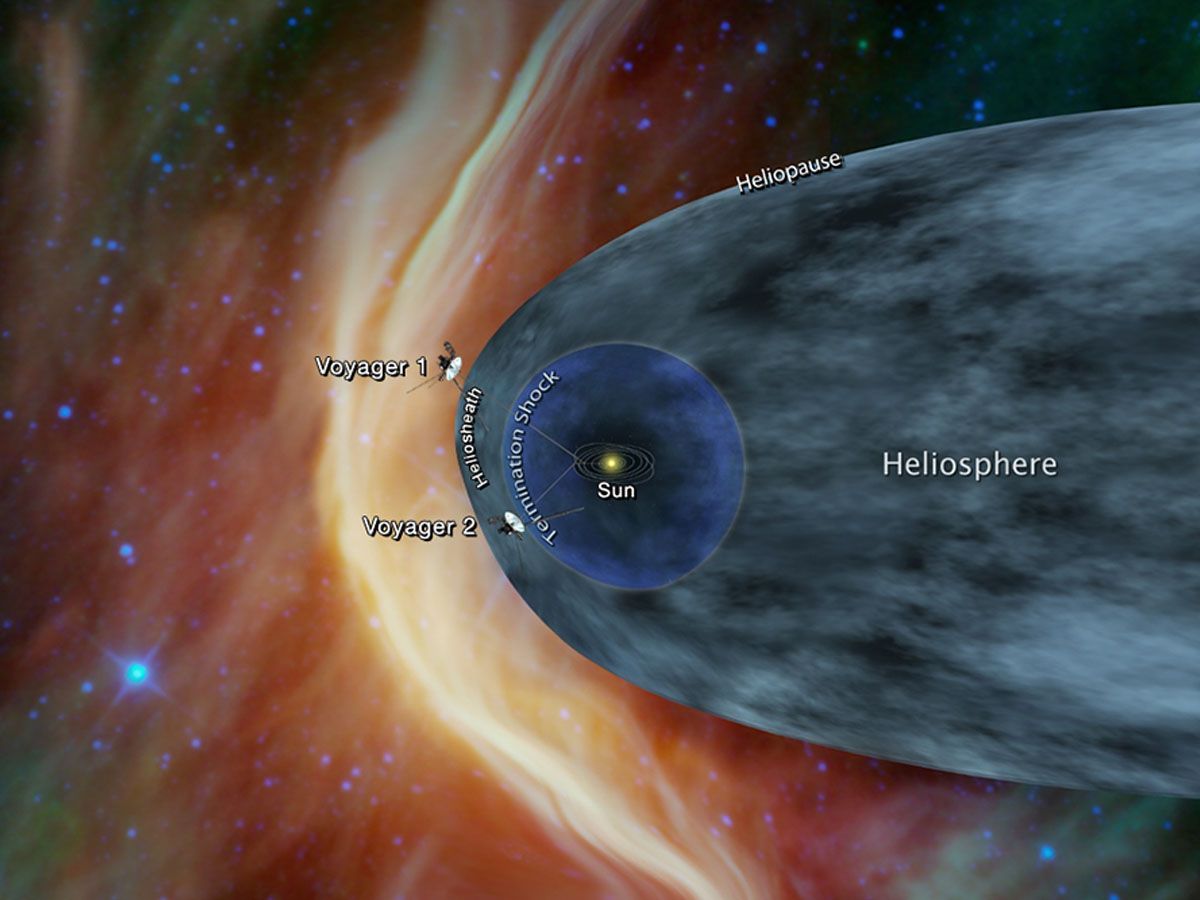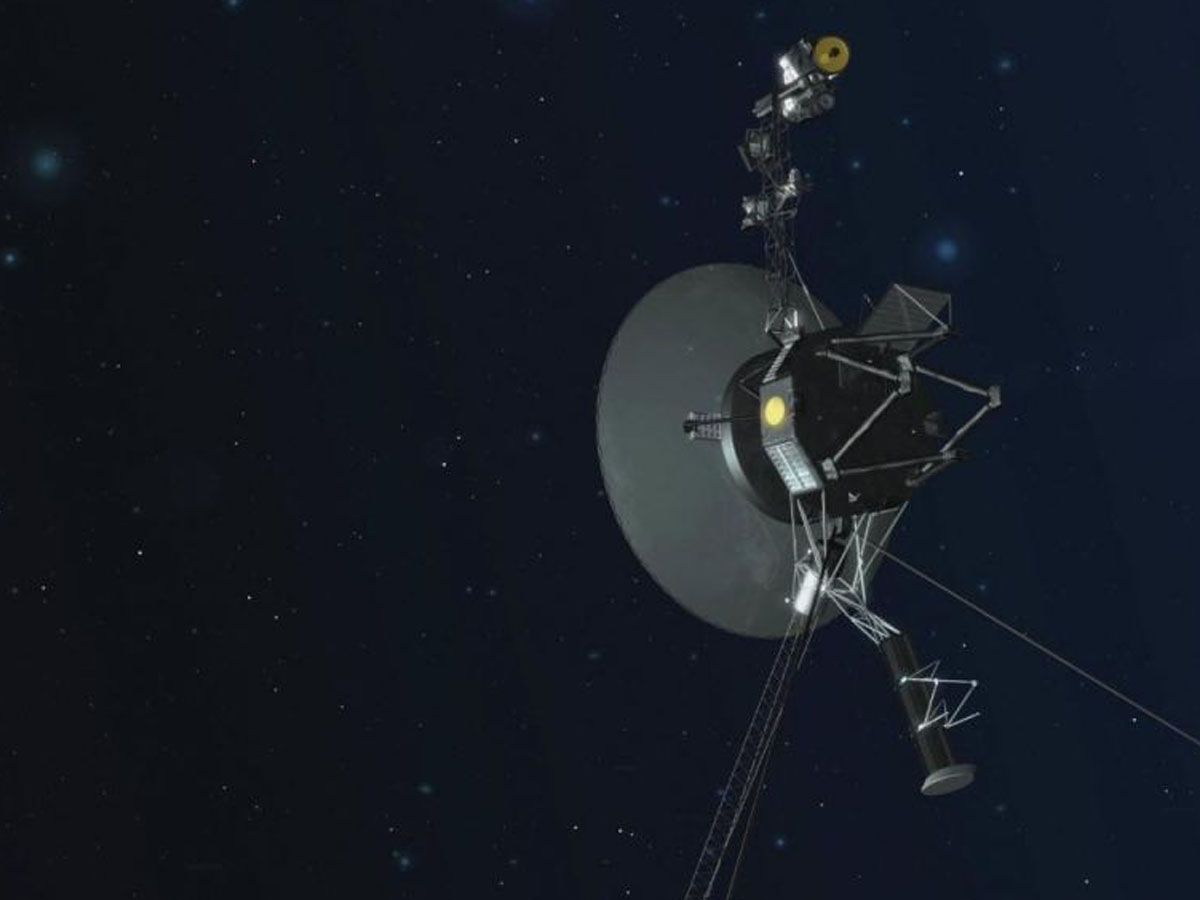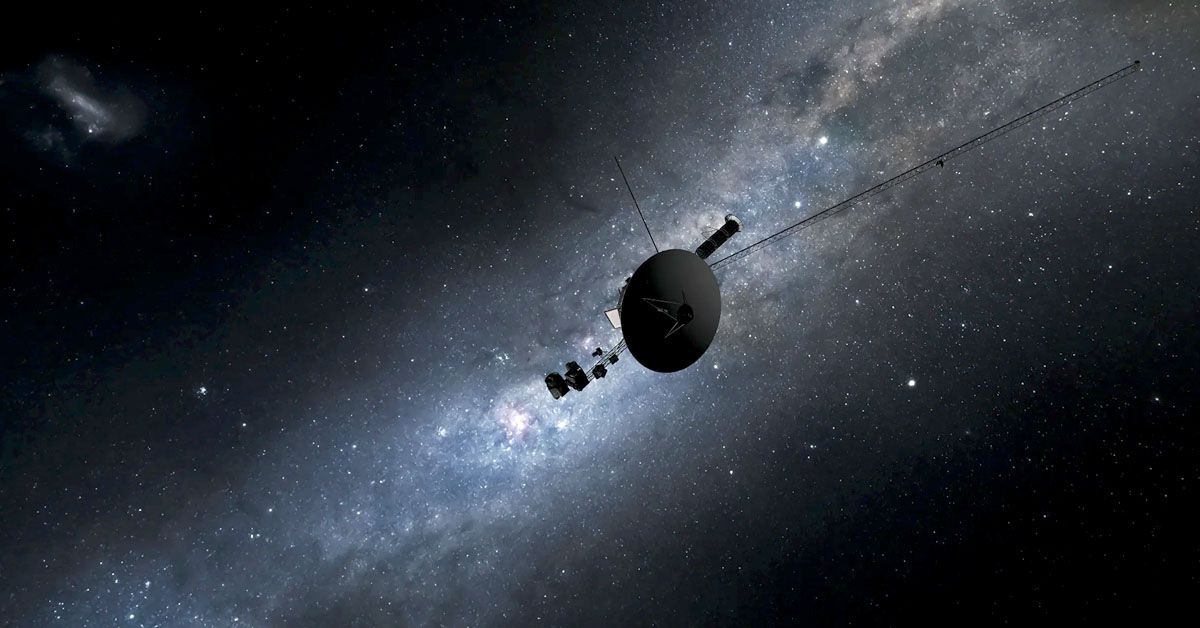In a remarkable feat of engineering, NASA has managed to extend the life of the legendary Voyager 2 spacecraft for an additional three years, despite the probe's incredible distance of 12 billion miles from Earth. The Voyager 2 mission has already defied expectations with its remarkable 45-year journey into the depths of interstellar space. Now, thanks to some clever hacking into a backup power source, the probe will continue to deliver valuable scientific data from the far reaches of the cosmos.
The Incredible Journey of Voyager 1 and 2
When Voyager 1 and 2 were launched in 1977, their ambitious missions aimed to sail past the gas giants Saturn and Jupiter, collecting invaluable data about these planets and their moons. Little did anyone know that these two spacecraft would exceed all expectations and embark on a journey that would last for more than four decades, rewriting our understanding of the solar system and beyond.
As the probes successfully completed their initial objectives, NASA extended their missions, taking advantage of their unique trajectories and capabilities to visit the outer planets Neptune and Uranus. These encounters not only enriched our knowledge of these distant worlds but also made Voyager 2 the only spacecraft to have ever visited all four gas giants. The mission extensions enabled the probes to continue their explorations, venturing past the heliosphere the protective bubble created by the sun that extends beyond the orbit of Pluto.
Today, both Voyager 1 and 2 reside in the uncharted territory of interstellar space, making them the farthest human-made objects from Earth. Voyager 1 is currently about 14 billion miles away, while Voyager 2 is at a distance of approximately 12 billion miles. Despite the vast expanse separating them from us, these two spacecraft continue to transmit invaluable data that enhances our understanding of the cosmos and challenges the boundaries of human ingenuity.
The Importance of Voyager Probes' Data
Linda Spilker, Voyager's project scientist at NASA's Jet Propulsion Laboratory, has emphasized the increasing value of the scientific data obtained from the Voyager probes as they journey further away from the sun. Over their 45-year odyssey through space, Voyager 1 and 2 have provided a treasure trove of unique scientific information that has significantly advanced our understanding of the solar system and its boundaries.
One of the most critical contributions made by the Voyager probes is their unprecedented insights into the heliosphere. This protective bubble, created by the sun, encompasses the entire solar system and serves as a shield against interstellar radiation. The data collected by the probes have shed light on the properties, structure, and extent of the heliosphere, which has implications for not only our understanding of the solar system but also the conditions that make life on Earth possible.

Additionally, the Voyager probes have delivered crucial information about the interstellar medium the matter, and radiation that exists in the vast space between star systems. As the only human-made objects to have entered interstellar space, Voyager 1 and 2 hold a unique position in our quest to comprehend the cosmos. The valuable data they continue to send back to Earth has far-reaching implications for future space missions and enhances our understanding of the universe we inhabit.
Powering the Voyager Probes
The Voyager probes' extraordinary endurance in the harsh environment of deep space is made possible by their power source, radioisotope thermoelectric generators (RTGs). These generators rely on the heat produced from the natural decay of plutonium-238, which is then converted into electricity to power the spacecraft and their scientific instruments. RTGs offer a long-lasting and reliable power supply that is essential for missions venturing far from the sun, where solar energy becomes insufficient.
However, as the plutonium-238 fuel decays over time, the amount of power produced by the RTGs gradually decreases. With each passing year, the probes generate slightly less power, which poses a significant challenge to maintaining their functionality. To mitigate this issue, NASA has strategically shut down non-essential instruments aboard the spacecraft to conserve their dwindling power reserves. This approach prioritizes the most critical systems and science instruments, ensuring that the probes can continue to deliver valuable data from the depths of interstellar space.

Despite these efforts, power loss remains an ongoing challenge, and engineers at NASA must continually devise innovative solutions to extend the operational lifetimes of these remarkable spacecraft as they journey further into the unknown.
A New Strategy to Keep Voyager 2 Alive
In a remarkable feat of engineering, NASA has devised a strategy to prolong the life of Voyager 2 by tapping into a previously untapped reserve of backup power. This backup power source is part of an onboard safety mechanism designed to protect the spacecraft's instruments in case of voltage fluctuations. By accessing this small reservoir of power, NASA will be able to delay the shutdown of a vital science instrument until 2026, rather than having to deactivate it this year.
This innovative approach to extending Voyager 2's functionality demonstrates NASA's commitment to extracting as much valuable data from the spacecraft as possible. As Voyager 2 continues to explore interstellar space, the data it collects becomes increasingly valuable, and maintaining its functionality is of utmost importance.

If the new power strategy proves successful for Voyager 2, NASA may consider implementing a similar approach for Voyager 1. As both spacecraft face similar challenges in terms of dwindling power, this strategy could potentially extend the operational lifetimes of both probes, allowing them to continue their extraordinary journey through the cosmos and deliver invaluable scientific data for years to come.
The Challenges and Adaptations for the Voyager Probes
As the Voyager probes continue their remarkable journey through interstellar space, they face a series of challenges due to their reduced power generation capabilities. Engineers have had to adapt the spacecraft to function effectively under these constraints. One method has been to turn off heaters for some instruments and other non-essential systems to conserve energy and extend the probes' operational lifetimes.

Another challenge the Voyager team encounters is maintaining the spacecraft's orientation toward Earth, which is crucial for communication and data transmission. To address this issue, engineers have resorted to using long-unused backup thrusters to ensure the spacecraft remains properly aligned.
Future of the Voyager Missions
Despite the inevitable end of the Voyager missions, their legacy will continue through new discoveries and ongoing scientific research. NASA's Interstellar Mapping and Acceleration Probe (IMAP), set to launch in 2024, aims to capitalize on the observations made by the Voyager probes. Meanwhile, the Interstellar Boundary Explorer (IBEX) is already building on their work, furthering our understanding of the heliosphere and interstellar space.
As the Voyager probes continue to deliver valuable data, predictions have been made about when communication with the spacecraft will ultimately cease. Fran Bagenal, former chair of NASA's Outer Planet Assessment Group, estimates that contact with the Voyagers may end around 15 years from now. Until then, the Voyager missions will continue to inspire awe and nostalgia as they push the boundaries of human exploration and knowledge.
Sources: businessinsider.com / jpl.nasa.gov / universetoday.com / space.com / npr.org












